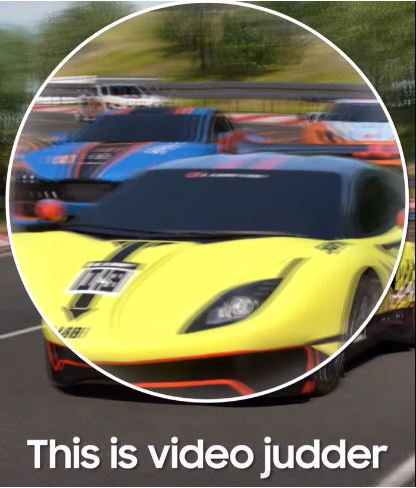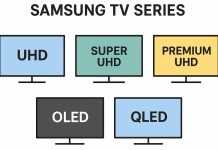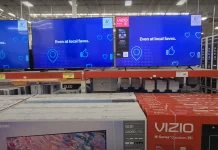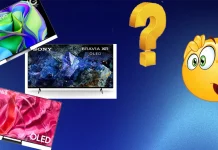Samsung’s 2021 TVs have a new Motion Xcelerator feature. As Samsung says, it’s supposed to enhance motion clarity for smooth, crisp details. However, let’s look at what’s really behind this technology.
Motion Xcelerator is a technology for reducing picture shake on the screen of your TV, to make it better and enhance your viewing experience.
How Samsung’s Motion Xcelerator works
In fact, Motion Xcelerator is a very simple technology, there’s nothing trully revolutionary behind it.
Let’s think about why there is an image shake on the TV screen. The picture doesn’t actually shake, it’s just a flaw in LED screens.
Pixels cannot turn off quickly and stop showing the image, it takes about 5-10 milliseconds for a pixel to turn off. Therefore, that’s the residual image that creates a blurred image (jitter).
And now let’s look on how you can reduce jitter.
To reduce the perception of the residual image is used the technology of the insertion of black frames. The black frame is inserted by briefly turning off the display’s backlight. The backlight is switched off for 3-5 milliseconds at the moment of frame change. This visually reduces the perception of residual images on the TV screen and makes the picture on the screen look better, without jittering.
So, Motion Xcelerator technology is simply turning off the backlight, so there’s no residual image anymore.
Differences between Motion Xcelerator, Motion Xcelerator Turbo, Motion Xcelerator Turbo+
The only difference between these technologies is the quality of the screens. The better the TV screen, the faster the pixels work. Turning off the backlight (inserting a black frame) it’s what exactly stands behind the Xcelerator technology.
Motion Xcelerator Turbo+ – is used in the TVs with QLED or NEO QLED screens.
Motion Xcelerator Turbo – is used in the TVs with Crystal screens
Motion Xcelerator – is used in all other TVs in case they support black frame insertion.







[…] Motion Xcelerator optimizeaza automat cadrele pentru a perfectiona ceea ce vizionezi. […]
LED TVs have light sources behind the screen. That’s why we can see the image.
What’s the “backlight”?